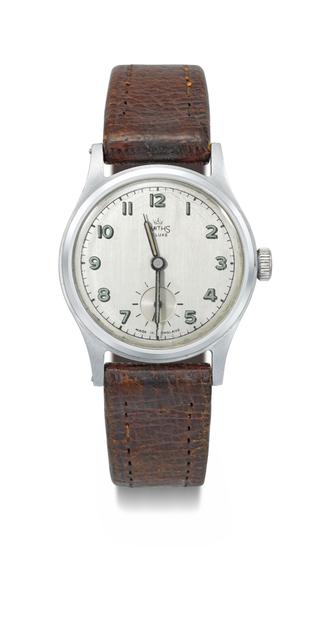








Longcase clock by Thomas Cruttenden, York, c.1685. Oak case, veneered in walnut marquetry and olivewood ‘oysters’ on the front, and with elm on the sides. The trunk door has a glass lenticle. The 10 inch brass dial has a silvered centre engraved with flowers, with a date aperture and winding holes with maintaining power shutters, an applied silvered chapter-ring, a subsidiary seconds dial, and cherub spandrels in each corner. Pierced steel hour and minute hand. The movement has an anchor escapement, bolt-and-shutter maintaining power, and count wheel striking with the count wheel on the inside of the movement. Eight day duration.
Thomas Cruttenden was apprenticed in London to John Fromanteel in 1670. He became a freeman of the Clockmakers’ Company in 1677 but moved to York, obtaining his freedom there in 1679. He died in 1698. Clockmakers' Museum No. 1312.
Details
- Category:
- Clockmakers
- Collection:
- The Worshipful Company of Clockmakers
- Object Number:
- L2015-4222
- type:
- longcase clock and anchor escapement
- credit:
- Lent by the Worshipful Company of Clockmakers




